Vietnamese Man Has a School of Wild River Fish for a Pet
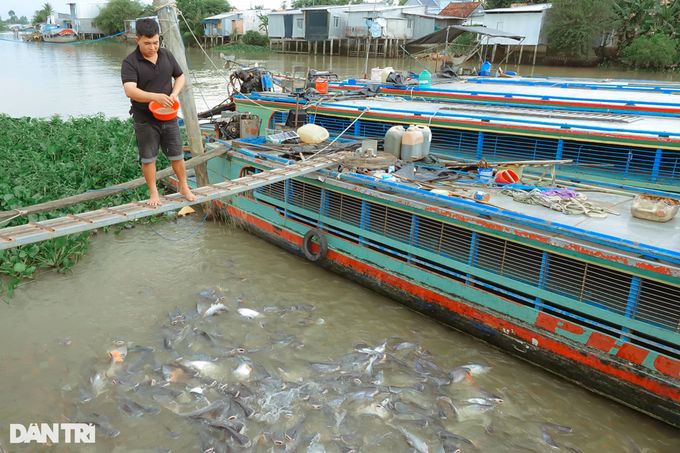
A Vietnamese man has become famous in his home province of An Giang for taking care of thousands of wild river fish who visit his house every day for food. Muoi Phuc’s house in Long Kien, Vietnam’s Mekong Delta, is a popular attraction for both locals and tourists. People routinely stop by to watch the […]
Chinese Wolf Whisperer Looks After 320 Wolves

A 26-year-old animal lover from China has been taking care of over 300 wolves at a wildlife rescue station in the country’s Inner Mongolia region. Ever since he was a child, Wang Nan was fascinated by the unity and bonds of wolves as a species, so when he got a chance to work with his […]
Honeypot Ants – The World’s Only Honey-Producing Ants
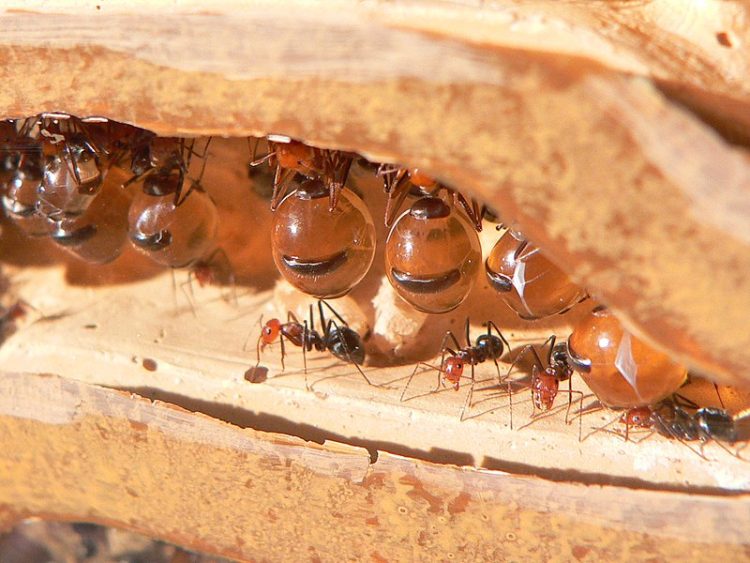
Honeypot Ants, or honey ants, are specialized workers of several species of ants whose sole job is to gorge on nectar until they become living honey-storage. Did you know that honeybees aren’t the only insects capable of producing the sweet, viscous, and brown-to-golden-colored natural product we know as honey? Several other species of bees, as […]
Bird Flies Over 13,500 Km Without Stopping, Sets New Guinness Record
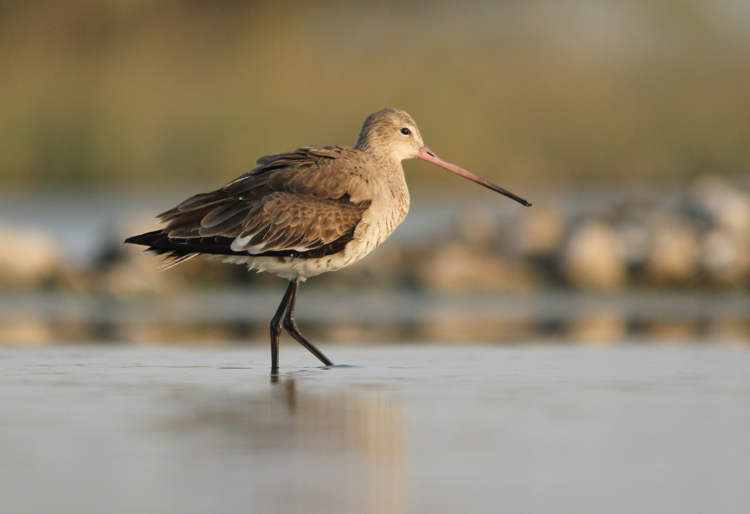
A five-month-old bar-tailed godwit recently smashed the record for long-distance migration after flying 13,560 kilometers non-stop over a period of 11 days. Every autumn, millions of migratory birds take to the sky for a long and perilous journey to escape the coming cold, feed and breed for the next few months. Many of them cover […]
Hundreds of Sheep Have Been Walking in a Circle Continuously for 12 Days
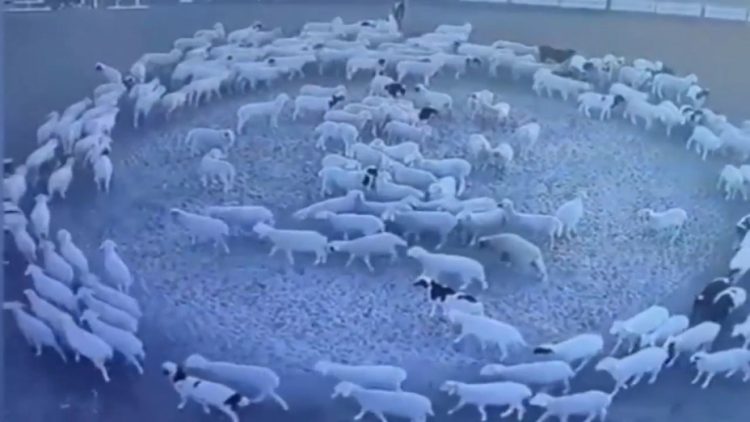
A herd of sheep in China has been walking in a circle for almost two weeks now, and no one seems to really know why. The bizarre behavior was captured on surveillance video at a sheep farm in northern China’s Inner Mongolia region. In a video released on Wednesday by Chinese state-run news outlet People’s […]
The Flemish Giant Is the World’s Largest Breed of Rabbit

Often weighing in at more than 10 kilograms (22 lbs), the Flemish Giant is by far the largest rabbit breed in the world. They are also extremely docile creatures and make great pets. Originally a utility breed raised in Flanders, Belgium for its fur and meat, the Flemish Giant eventually became a show breed, due […]
Japanese Company Launches Fur-Inspired Bed Linens That Feel Like Petting a Cat
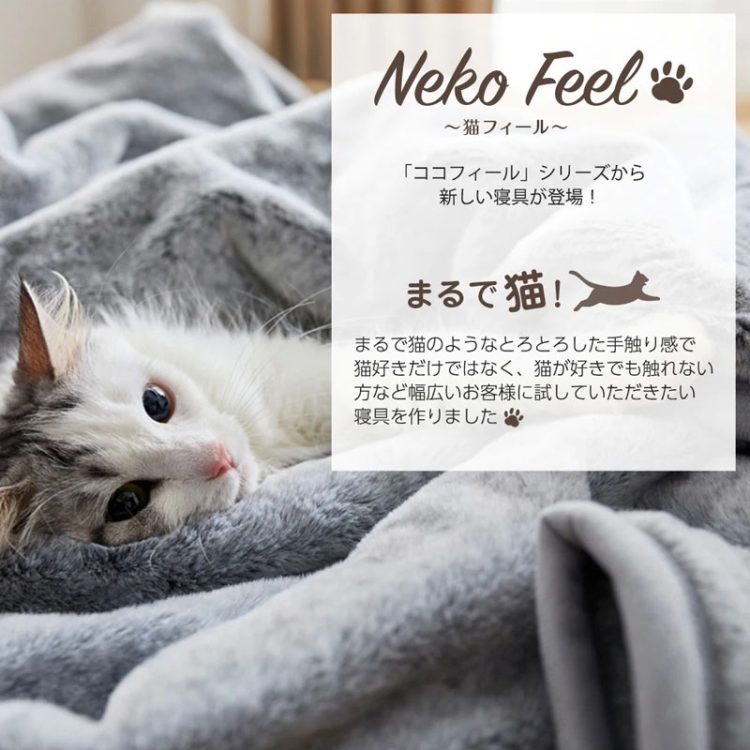
Japanese clothing and housewares company Nissen recently launched its most intriguing product yet – a line of bed linens and blankets that try to mimic cat fur. Studies have shown that petting a cat for just 10 minutes reduces the levels of stress hormones, and any cat lover will tell you just how relaxing the […]
Every Year Thousands of Australian Parrots Drop Out of the Sky And Scientists Still Don’t Know Why
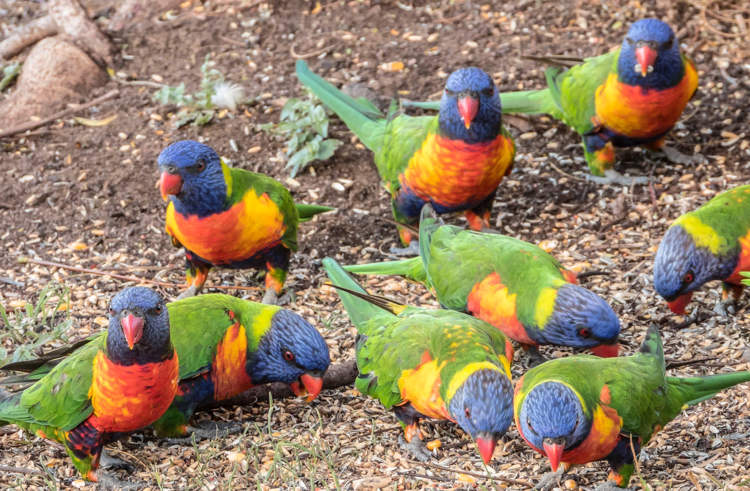
Lorikeet Paralysis Syndrome (LPS) is a seasonal disease that occurs every year between October and June, causing lorikeets to drop out of the sky and become unable to move. Ornithologists and veterinarians have known about Lorikeet Paralysis Syndrome for many years now, but despite their best efforts, the cause of the disease has remained a […]
Elderly Lioness Grows Mane, Baffles Zookeepers
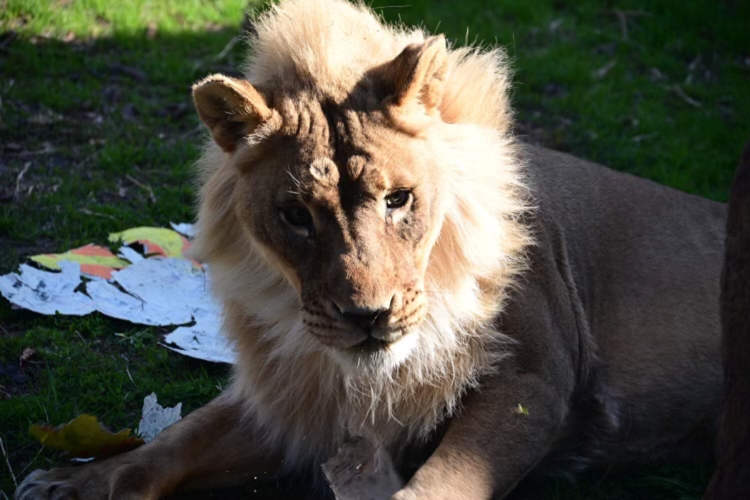
An 18-year-old lioness has baffled staff at a zoo in Kansas after growing an “awkward teenage mane” after the pride’s last male lion passed away. Looking at Zuri, you’d think she was a young lion growing his mane for the first time, but she is actually an 18-year-old female. That makes the mane around her […]
The “World’s Loneliest Gorilla” Has Been Living in Shopping Mall Cage for 30 Years
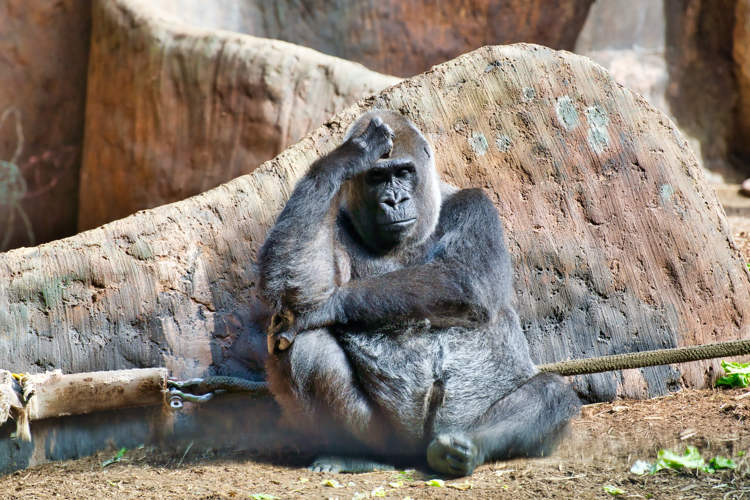
A 33-year-old gorilla who has spent most of her life alone inside a metal cage on the seventh floor of a shopping mall in Bangkok, Thailand, has been dubbed the world’s loneliest gorilla. Bua Noi was only one when she was put into the cage that would become her permanent home for more than three […]
Chernobyl’s Green Tree Frogs Are Turning Black to Better Handle Radiation
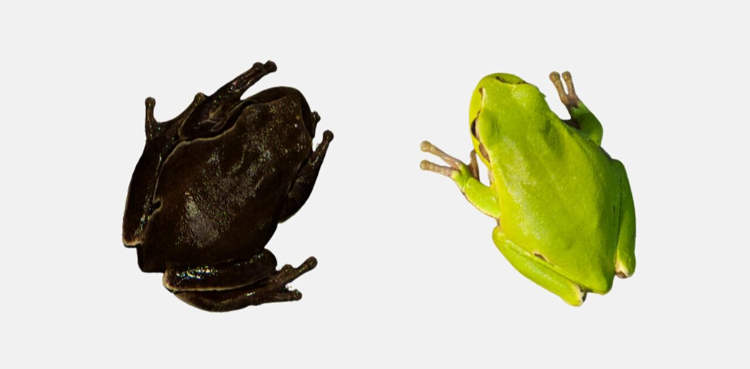
Researchers have discovered that green tree frogs in the Chernobyl Exclusion Zone have turned dark in order to better mitigate the effects of radiation. In April of 1986, a reactor at the Chernobyl nuclear power plant in Ukraine exploded, releasing approximately 100 times the energy released by the nuclear bombs of Hiroshima and Nagasaki and […]
The Bumblebee Bat Is the World’s Smallest Mammal, Weighs Only 2 Grams
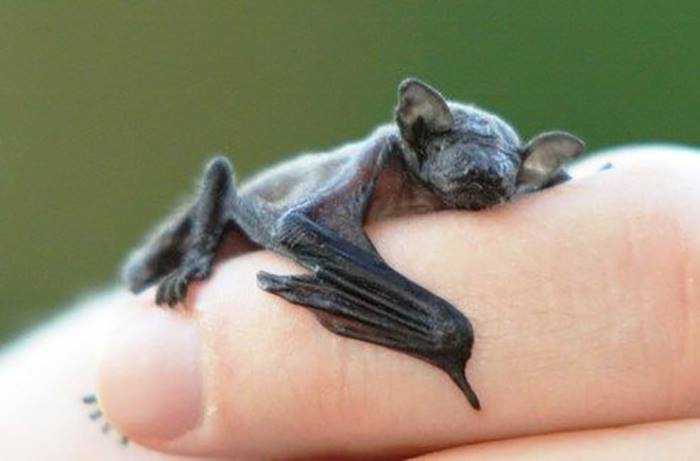
Kitti’s hog-nosed bat, also known as the Bumblebee Bat, is not only the world’s smallest bat, but also arguably the smallest mammal in the known world. Our world is home to over 1,200 species of bats, but the smallest of them all can only be found in a few caves in Thailand and Myanmar. The […]
The ‘World’s Smallest Chicken’ Is Taking the Chinese Pet Scene by Storm

Rutin chicken, a domestic hybrid dubbed ‘the world’s smallest chicken’ has become incredibly popular in China lately, fueling a veritable pet craze. Technically, the rutin in chicken is not a chicken. It is a cross between a quail and a partridge, but people have dubbed it the “world’s smallest chicken” and the nickname stuck. To […]
World’s Smallest Snake Can Easily Be Mistaken for an Earthworm
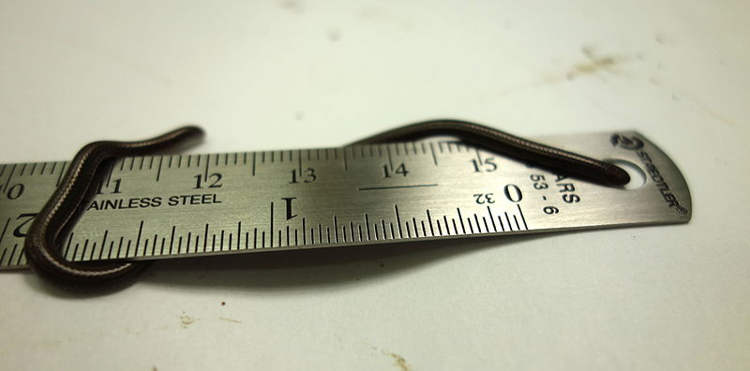
Measuring around 10 cm, with a diameter comparable to that of a cooked spaghetti, the Barbados Threadsnake (Tetracheilostoma carlae) is by far the smallest snake in the world. Spotting a Barbados threadsnake for the first time, you could swear it was an earthworm. They are actually comparable in size and diameter, with the largest specimen […]
This Adorable Little Bird Is a Real-Life Vampire
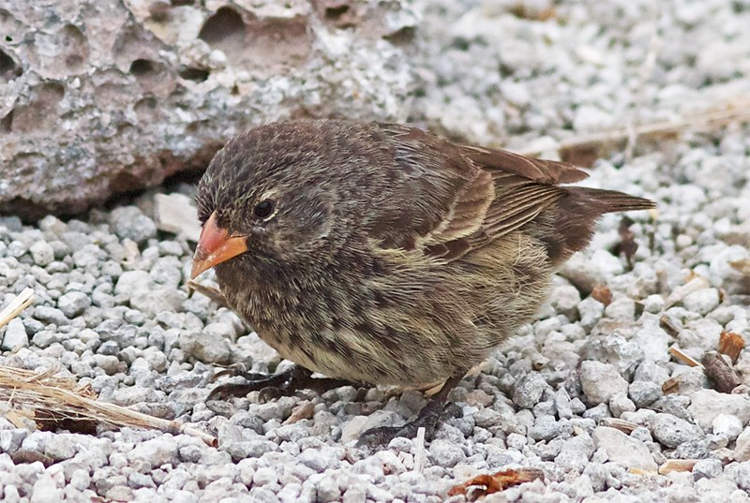
Geospiza difficilis septentrionalis, aka the Vampire Finch, is a small bird with a very unusual diet – other bird’s blood. Found on only two small islands in the Galapagos Archipelago – Darwin and Wolf – the vampire finch is a subspecies of the sharp-beaked ground finch, a relatively small and harmless-looking bird. However, as the […]
